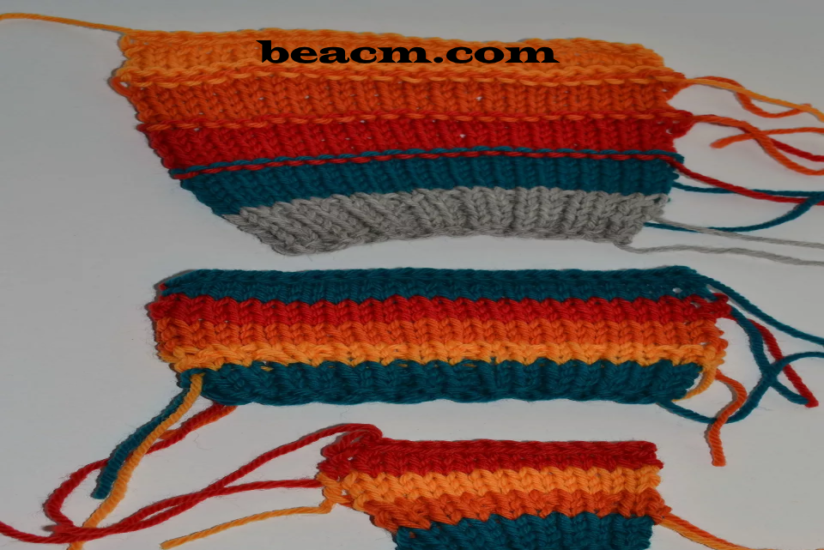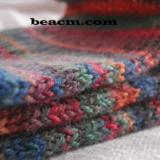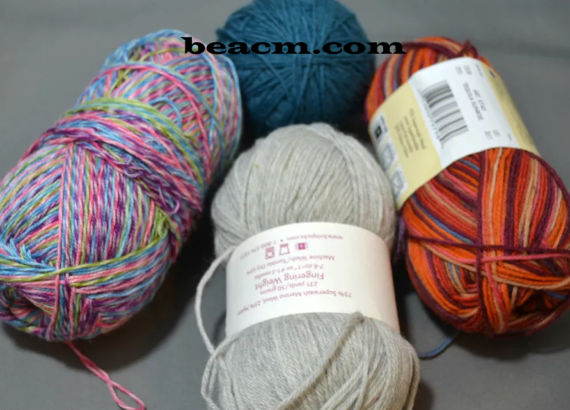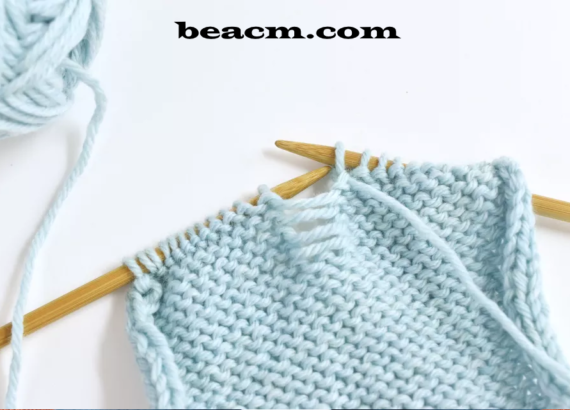How to Adjust Your Gauge in Knitting

How to Adjust Your Gauge in Knitting
Bring your knitting gauge in line with the pattern

We all know that we should knit color patterns and do everything we can to ensure that we get the same number of stitches per inch as a pattern requires. If you don’t take the time to check your gauge and it deviates far from the proposed pattern, you will get a project that is much larger or smaller than intended.
However, it is not always easy to figure out how to change your gauge. What can you do if you have knitted a pattern with the specified needles and it is not correct?
Increase the needle size
A larger needle is what you need if you get more stitches per inch than the pattern requires. (Which makes sense because a bigger needle makes bigger stitches, so there are less of them per inch).
Go down one needle size
On the other hand, if you get fewer stitches per inch than you should, you should get more stitches per inch by reducing a needle size.
Change the needle type
Although the needle size should be consistent , different needles are not always exactly the same size , and the way you knit may change slightly if you use needles made of different materials .
Using a different type of needle should be especially helpful if you have a stitch gauge but not a row gauge. The row gauge is not always important, of course, but it may be that you are knitting a garment sideways, for example.
Change the way you knit
This is only possible if you are familiar with different knitting styles, but it is likely that you will get a different – maybe even completely different – strength when knitting English or Continental.
In the picture shown here, the lower blue stripe on the upper pattern was English knitted and the rest was continental knitted. We got four stitches per inch on a size 8 US (5 millimeter) English style knitting needle, but we had to go to a size 6 US (4 millimeter) to get the same thickness in continental style.
It’s great to know different styles for many reasons, but we switched from our normal shape for this particular project because of a problem with repetitive strain.
Make sure you are happy
If you need to change the needle size, needle type or knitting style to get to the desired thickness, stop and look at the color patch before you hit it. Are you satisfied with the look and feel of the fabric? Sometimes the fabric gets too stiff when you measure with a much smaller needle, and you may want to choose a different yarn or pattern rather than continue the project if the finished garment doesn’t make you happy.




